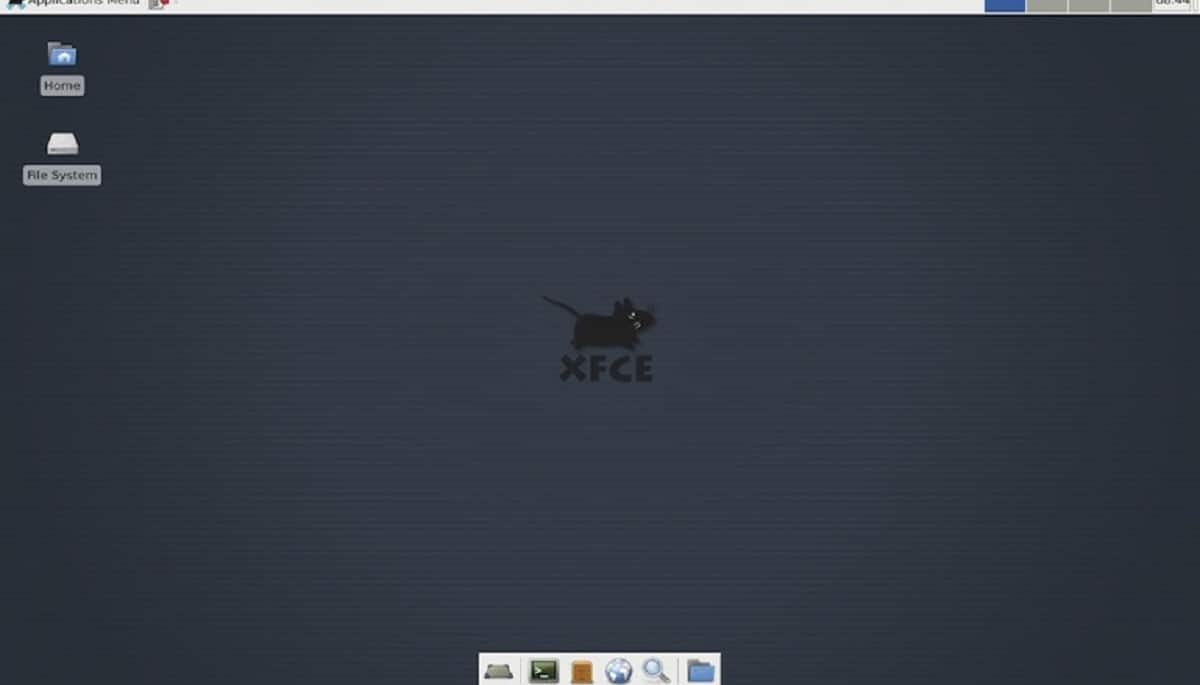
Alpine Linux it is a light distribution Linux oriented for safety, andThis distribution based on musl and BusyBox, which aims to be lightweight and secure by default while still being useful for general purpose tasks. This makes it smaller and more resource efficient than traditional Linux distributions. A container requires no more than 8MB and a minimal disk installation requires about 130MB of storage.
With this you not only get a fully developed Linux environment but a large selection of ready-to-use packages. The binary packages are reduced and divided, giving you even more control over what you install, which in turn keeps your environment as small and efficient as possible.
With this distribution takes performance and safety into account, so given its focus this distribution also offers us images of your system so that it can be used even in mini computers with devices ARM
Therefore this distribution can even be installed on a Raspberry Pi, of which I have already shared some systems here on the blog for this great device.
The distribution kit has high security requirements and is built with SSP (Stack Smashing Protection) protection. OpenRC is used as an initialization system, its own package manager apk is used to manage packages.

About the new version of Alpine Linux 3.11
This new version of Alpine Linux 3.11 arrives with a handful of new features, so this new release is mostly merely a system update to provide the latest packages and thus avoid the user having to download hundreds of additional MB.
Of the most outstanding news of Alpine Linux 3.11 is that initial support was added for the distro to integrate the Gnome and KDE desktop environments in her. With this, users will be able to use either of these two environments if the one found by default is not to their liking.
In addition to support for desktop environments, the addition of support for the Vulkan graphical API and the DXVK layer is also highlighted with Direct3D 10/11 implementation on Vulkan, with which it will be possible to improve the use of the graphics on the distribution.
While for the part of the updates, The new versions stand out: Linux kernel 5.4, GCC 9.2.0, Busybox 1.31.1, musl libc 1.1.24, LLVM 9.0.0, Go 1.13.4, Python 3.8.0, Perl 5.30.1, Postgresql 12.1 , Rust 1.39.0, Cristal 0.31.1, Erlang 22.1, Zabbix 4.4.3 Nextcloud 17.0.2, Git 2.24.1, Xen 4.13.0, Qemu 4.2.0.
Of the other changes that are included in this new version of the system, we can find:
- MinGW-w64 support.
- Rust compiler availability for all architectures except s390x.
- Support for the new Raspberry Pi 4 (builds for aarch64 and armv7).
Alpine Linux 3.11 download
If you want to download this new Alpine Linux update, you must go to the official website of the project where you can obtain the image of the system according to the architecture of the equipment where you will use it.
You should also know that this distribution has an image to use on Raspberry Pi.
The link of download is this.
How to install Alpine Linux on Raspberry Pi?
If you plan to use this system on your small pocket computer, you can do so by following these instructions below.
- Done the download we must format our SD card, we can support Gparted, the SD card must be in fat32 format.
- Done this we must now save the image of Alpine Linux 3.11 in our SD, For this we only have to unzip the file that contains the Alpine files.
- Once the download is done, we only have to copy the content inside our SD card.
- At the end only we must insert the SD card in our Raspberry Pi and connect it to power and the system should start running.
- We will realize this because the green LED must blink indicating that it did recognize the system.
- And ready with it we can start using Alpine Linux on our Raspberry Pi.